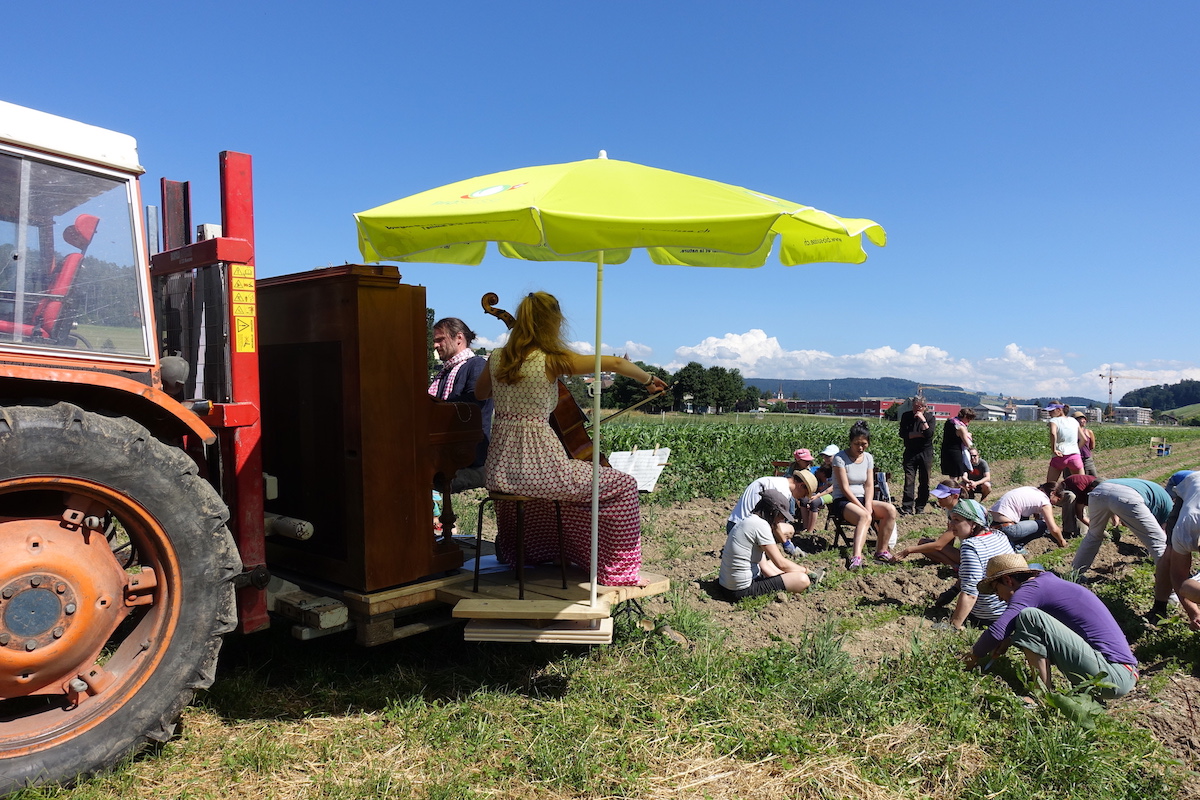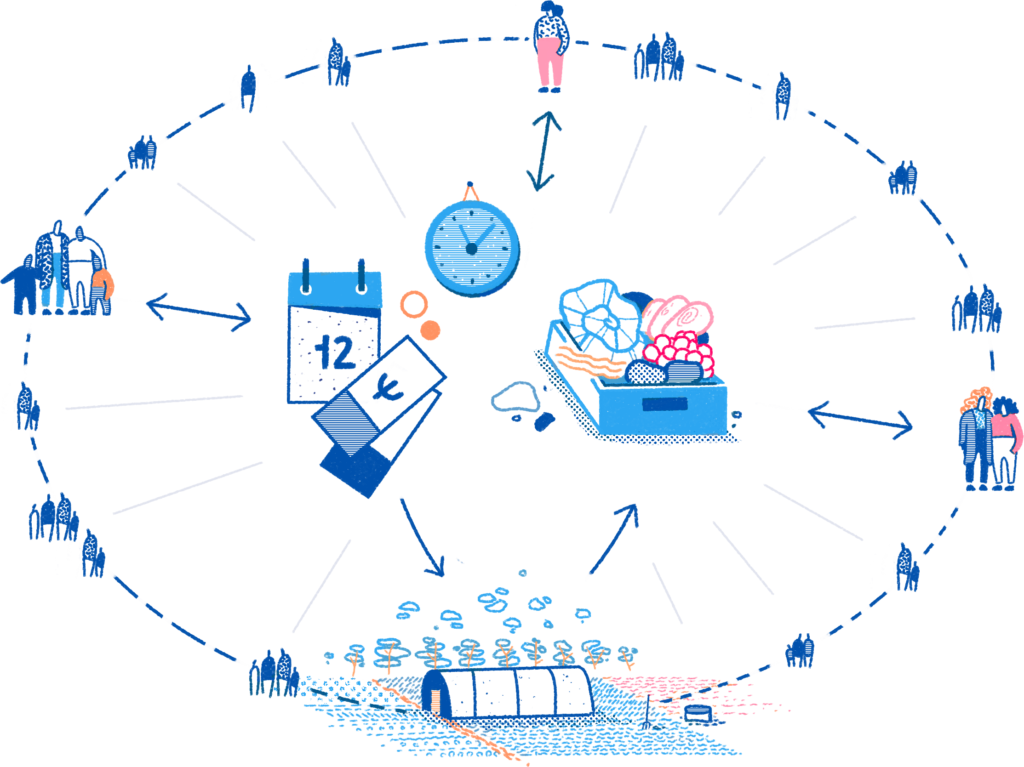Coordinating economic networks Part 1
This might get a little long, sorry. It could have been longer, so I separated out some of the details into another blog post.
But this is what we are focusing on in the next stage of our work together.
We are Mikorizal.org and we're moving into a new stage of work, which will also require an update to our poor neglected website. But I'll try to explain it in this series of blog posts.
We've been focusing on economic networks for some years, but our most recent stage was focused on developing the Valueflows vocabulary for communication in economic networks, and working with different software projects to implement the necessary apps and logic.
Now we want to start to try out the software with real-life economic networks.
What do we mean, “economic network”?
An economic network consists of independent economic agents (individual people or organizations) collaborating to produce and distribute goods and services to meet human and ecological needs. For example, food, clothing, housing, education, health care. healthy soil, etc.
If the agents in such a network want to work together, they will need to coordinate their activities.
This post will discuss using Internet protocols and software based on the Valueflows vocabulary for messages between agents in the network to help with such coordination.
We'll use the New York Textile Lab (NYTL) as an example. NYTL is an economic network that produces clothing. The network participants include clothing designers, farmers producing wool from sheep and alpacas, washers who scour the wool, spinners who spin the wool into thread, and knitters who turn the thread into garments for people to wear.
NYTL also pays a lot of attention to their network's environmental effects: https://www.newyorktextilelab.com/carbon-farm-network-2
Along the way,we'll explain some of the benefits of using the Valueflows vocabulary and accompanying software to coordinate economic activities.
What's the diff between an economic network and a supply chain?
A supply chain is shaped like a tree or a river with a “parent company” as the root or source, while a network is shaped like a map with roads going in many directions. (Technically, a network can be depicted as a directed graph.)
A supply chain is also technically an example of an economic network, but the NYTL network includes several supply chains, one or more for each designer, and they all work together at least once a year, because they share many of the same resources and support services and operate in the same territory, the Hudson River Valley between New York and New England.
The designers do most of the coordinating of their own supply chains, and sometimes they get together on group orders for textile materials and services.
Two diagrams and a comic strip

This is a resource flow diagram created by the NYTL. It shows economic resources flowing (on arrows) between processes (circles) operated by economic agents (rectangles).
You might want to open it in a new tab so you can enlarge it for readability.
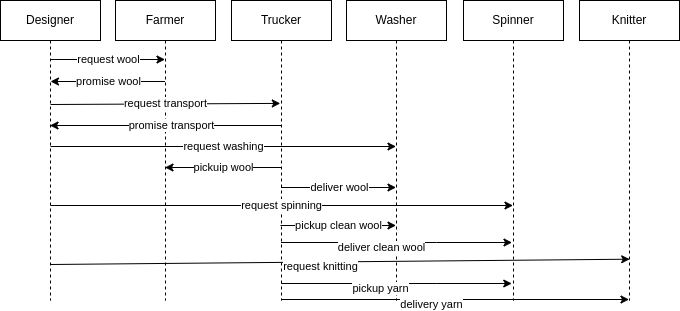
This is an interaction diagram showing the messages going between a designer and the other participants in the network.
Here's the start of a comic strip showing some of the conversations between the textile network participants:
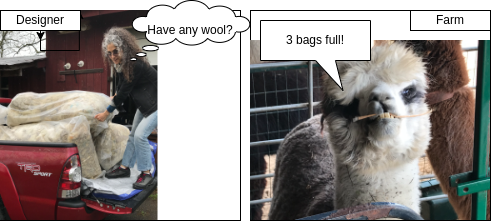
I'll finish the comic strip later. For now, just know that all of the conversations in the interaction diagram will also be accompanied by comic strip panels.
Benefits of using Valueflows (VF) to coordinate your economic network
Two dimensions of VF benefits: 1. A standard vocabulary: any standard vocabulary that is agreed upon and used by all members of a network in their communication messages. 2. The VF vocabulary has some particular advantages, since it was designed to help coordinate economic networks.
Benefits of using any standard vocabulary:
- A standard vocabulary helps members of the network understand what a message means.
- By using a standard vocabulary in your own messages, other people can more easily understand what you meant, and so your messages might more easily get your desired effects.
- This standardization is especially important if you are using software that you want to understand the messages, because software is very literal-minded and cannot figure out random variations on messages.
The next section will assume you want to use software to coordinate your network. You could do all coordinating with phone messages, but then you would waste a lot of time and work.
Benefits of using VF as your standard vocabulary:
VF provides not only a standard vocabulary for economic interactions, but also, data structures and methods of generating the structures from the messages that use the vocabulary.
The VF data structures provide directed graphs of resource flows in economic network on three levels:
- What resource flows usually happen in a particular network. Those are created by trained people as Recipes.
- What resource flows are scheduled to happen in the network. Those can be generated automatically from the Recipes with a very few starting parameters.
- What resource flows have happened. Those need to be entered by people doing the work, but their data can usually entered by pointing and clicking guided by what was scheduled to happen.
VF code can automatically generate accounting and other economic reports from the VF data.
If a network uses a “contribution economy” like Sensorica or the DisCOs, VF code can generate the claims for income for all contributors to the network.
All of those automatic outputs save people a lot of work and make the coordination a lot smoother.
Preview of Part 2:
We'll look the New York Textile Lab's plans for using their upcoming software. Once the software gets finished enough for them to start using it, I'll do a Part 3.
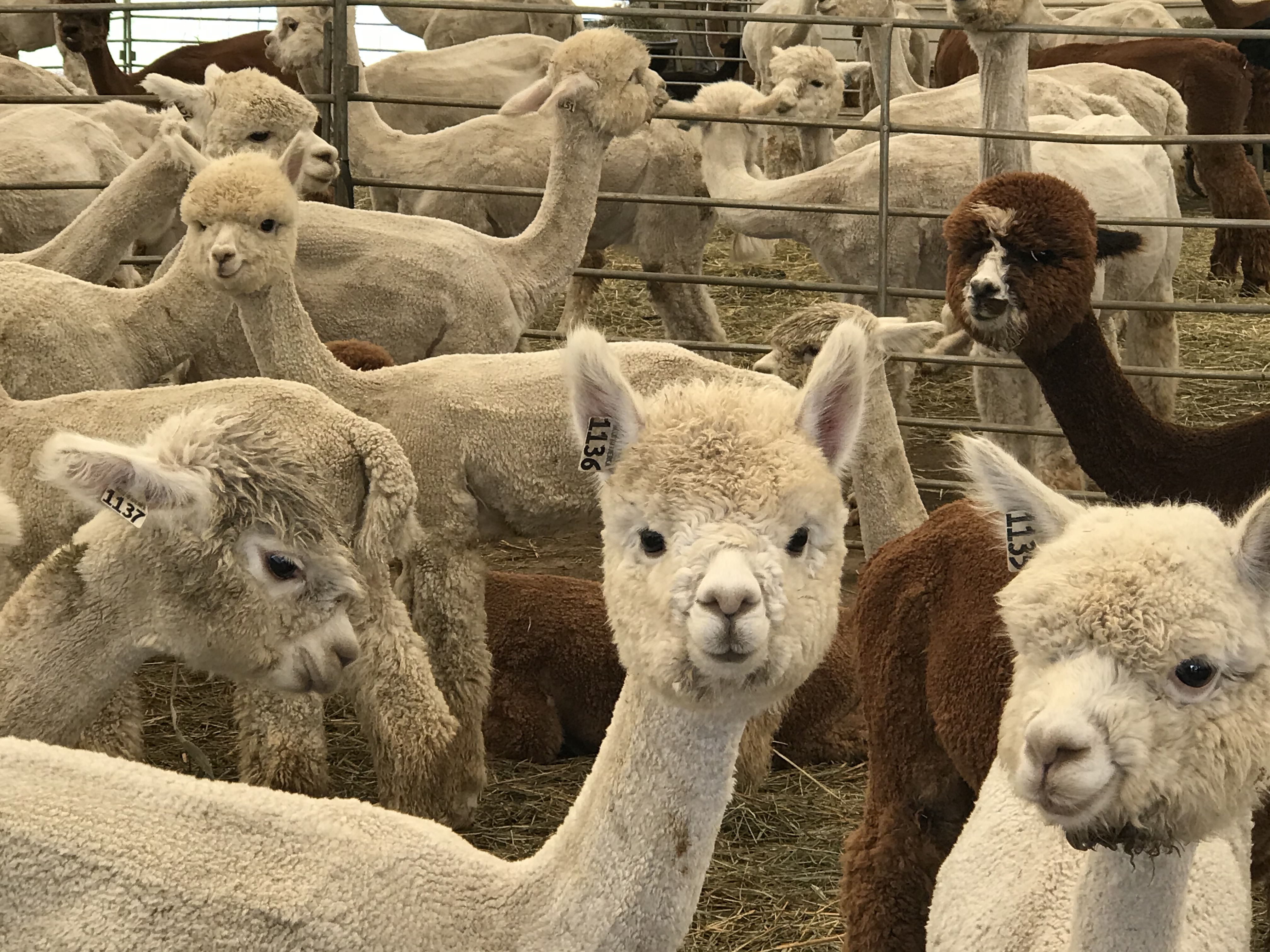
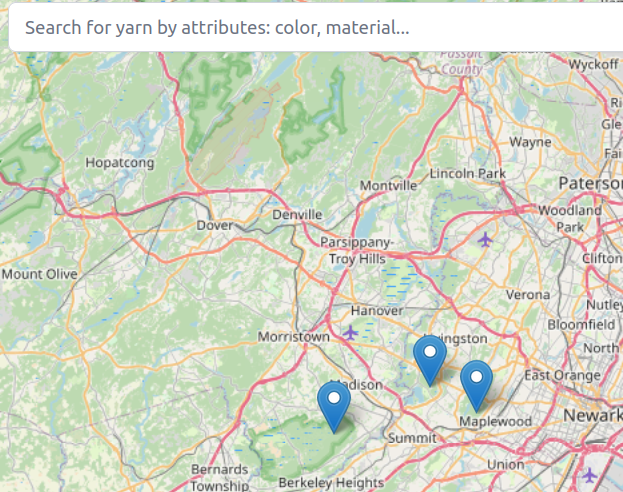
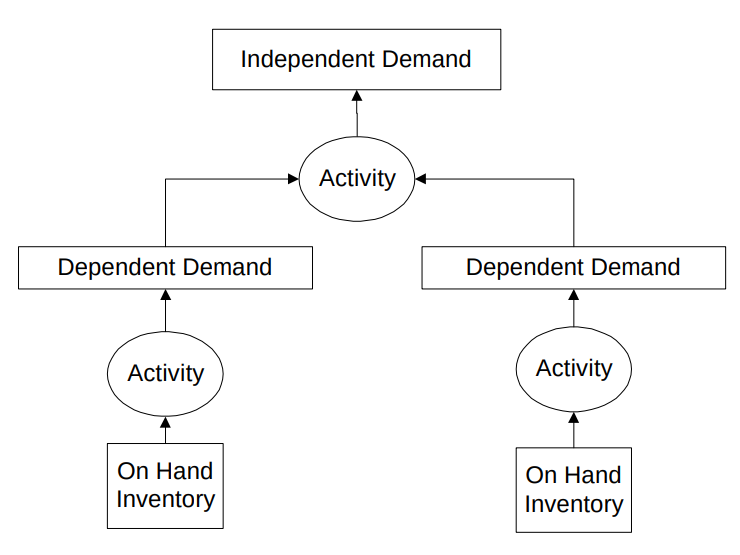

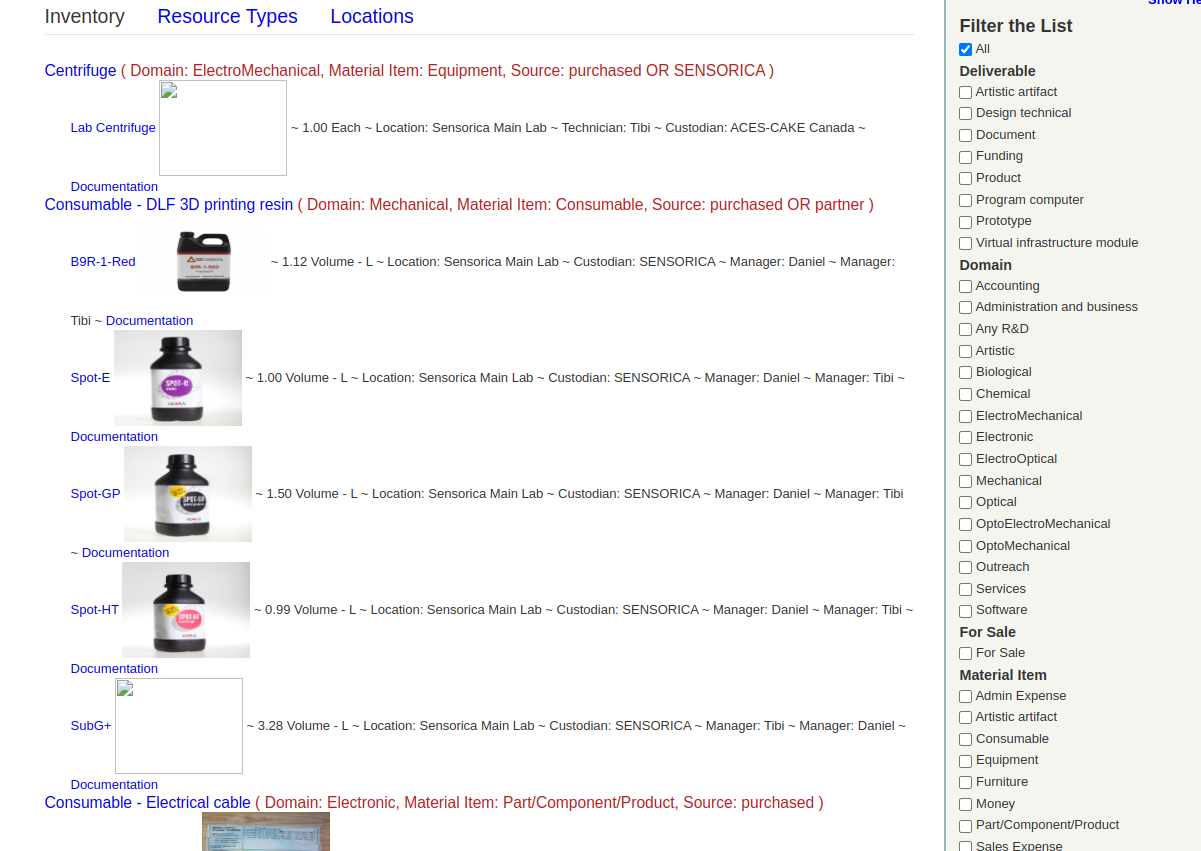
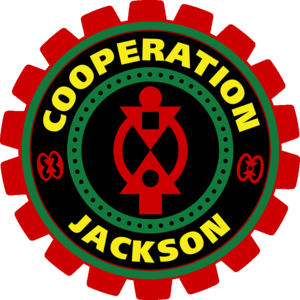
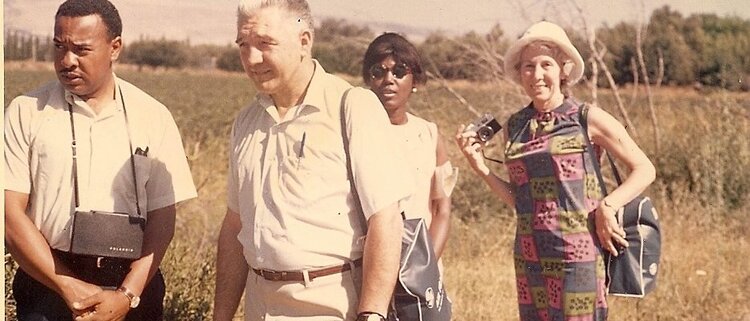 Some of the founders of the first Community Land Trust in Albany, Georgia
Some of the founders of the first Community Land Trust in Albany, Georgia